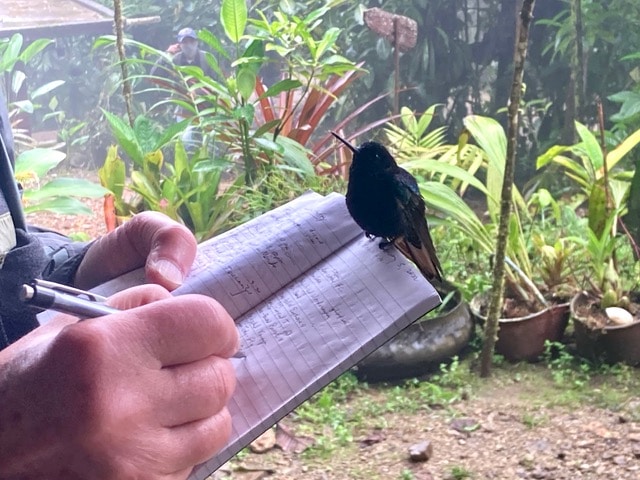On Naming Individual Birds
By Ryan Nakano
When I bought my first car I named it Lorelai, after Lorelai Gilmore from the show Girlmore Girls. Growing up with beagles, my family had Elsa, and then Buddy. My cat has many names, the primary of which is Eevee, after the Pokemon, although this is disputed by my girlfriend who named our cat after her aunt and did in fact sign the paperwork. The Black Phoebe I see almost every morning at the rose garden is simply Phoebe.
The point is, naming is both fascinating and complicated.
Last week Golden Gate Bird Alliance finished up a naming process for two new Osprey chicks. After receiving 570 responses to a choice of five pairs of potential names, it was decided that the chicks would be known as Brooks and Molate. Prior to this vote, we opened up for name suggestions and received 125 submissions. After participating in the process for submission review, I couldn’t help but think about the act of naming individual wild animals and the thought process behind what names we believe to be appropriate or representative of them.
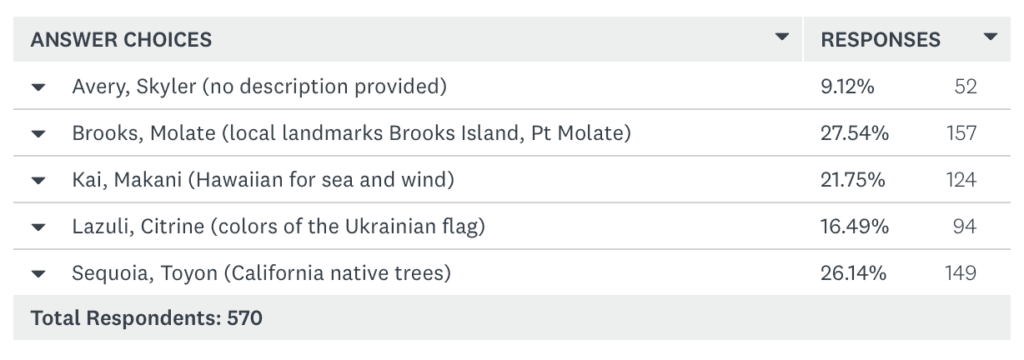
In an article titled What’s in a Name?—Consequences of Naming Non-Human Animals author Sune Borkfelt addresses the necessity of naming as a communication tool.
“Indeed, it is naming something that enables us to communicate about it in specific terms, whether the object named is human or non-human, animate or inanimate.”
Now, instead of sharing that chick A and chick B are starting to become easier to tell apart, I can say that Molate has a broader dark stripe on the back of their head, while Brooks’ head is lighter in color. But why Brooks and Molate?
Named after two important bird areas local to the Bay Area, Brooks Island and Point Molate, it would appear that these birds now represent a reminder to continue preservation and restoration efforts of our shared natural environment.
Borkfelt goes on to note, “A name is a representation and can therefore potentially carry all the values, ideas, perceptions and conceptions carried by representations and have the array of potential consequences, which can ensue from representation.”
Under this premise, these two new chicks now intentionally or unintentionally become the mascots for local bird habitat and the ongoing efforts to preserve such spaces. (Which, all things considered, doesn’t seem like a bad thing!)
Of course, Brooks Island itself was onced named after something, limited research concludes that it is an eponym to an unknown person from the past.…

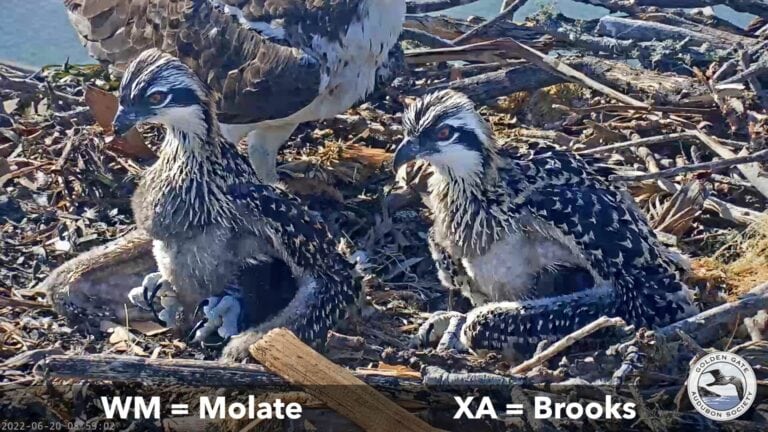
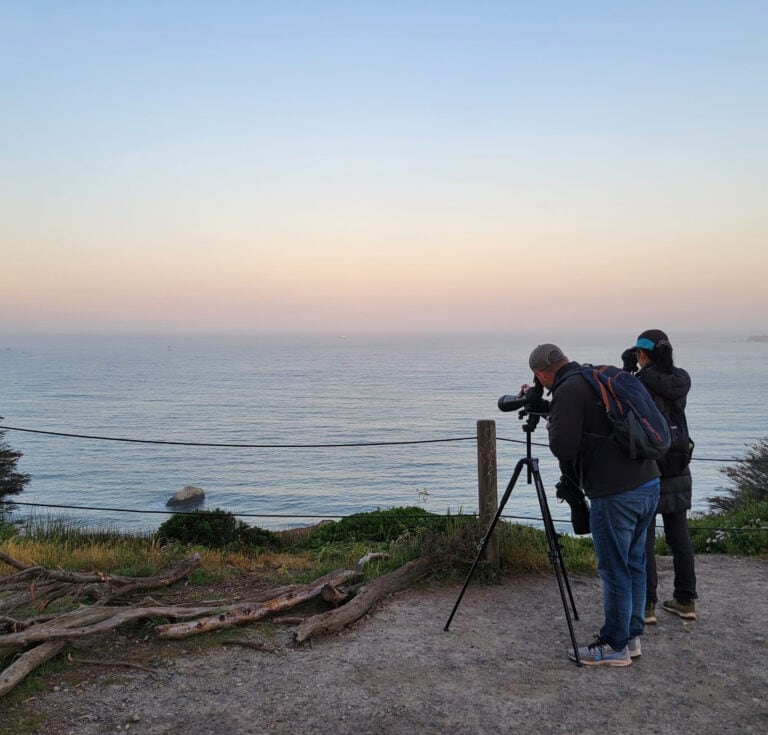
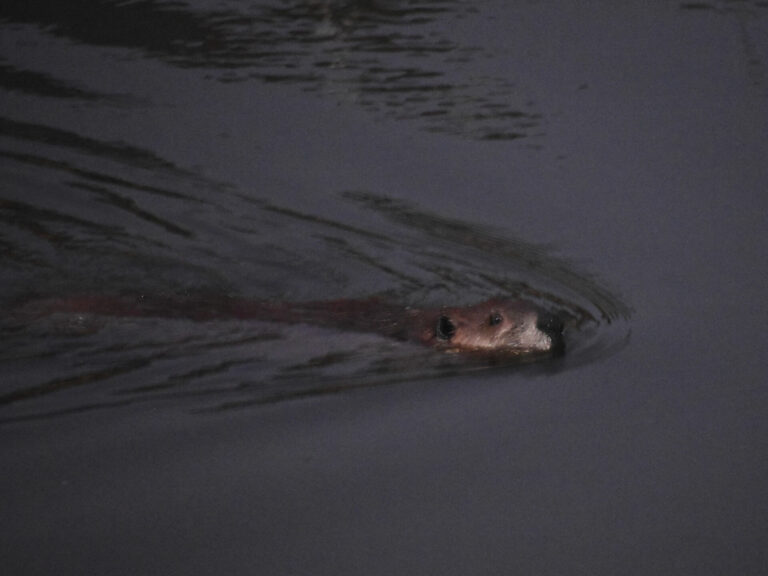
 Beaver Dam by Elizabeth Winstead
Beaver Dam by Elizabeth Winstead
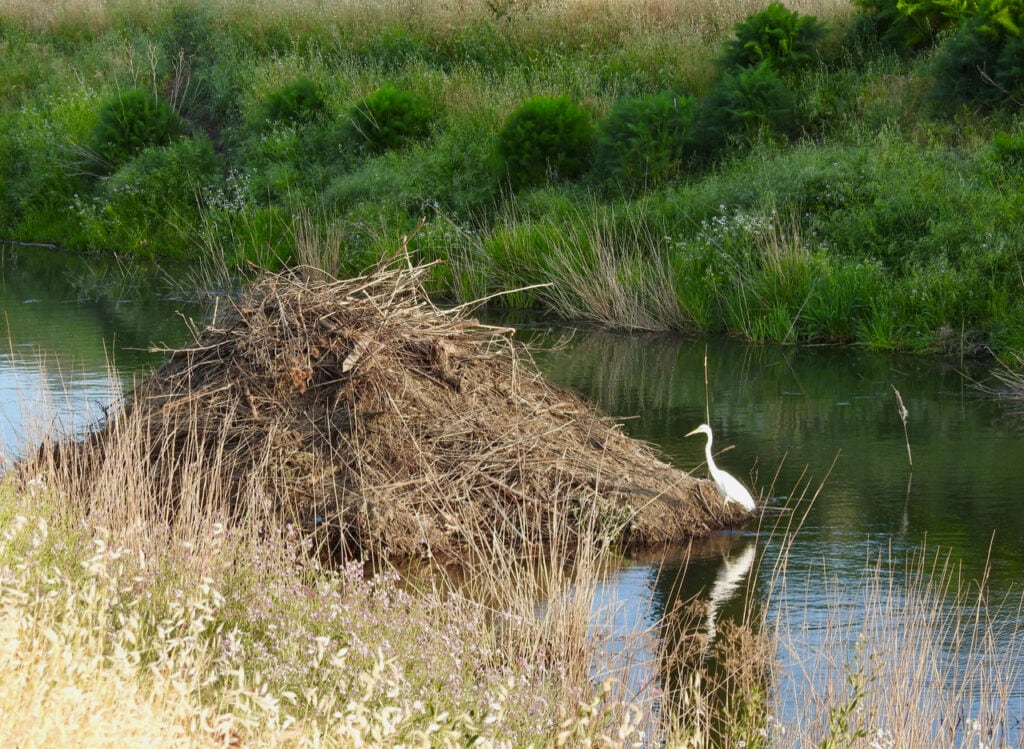 Beaver Lodge and Great Egret
Beaver Lodge and Great Egret
 Beaver at dam
Beaver at dam
 Female Red-winged Blackbird
Female Red-winged Blackbird

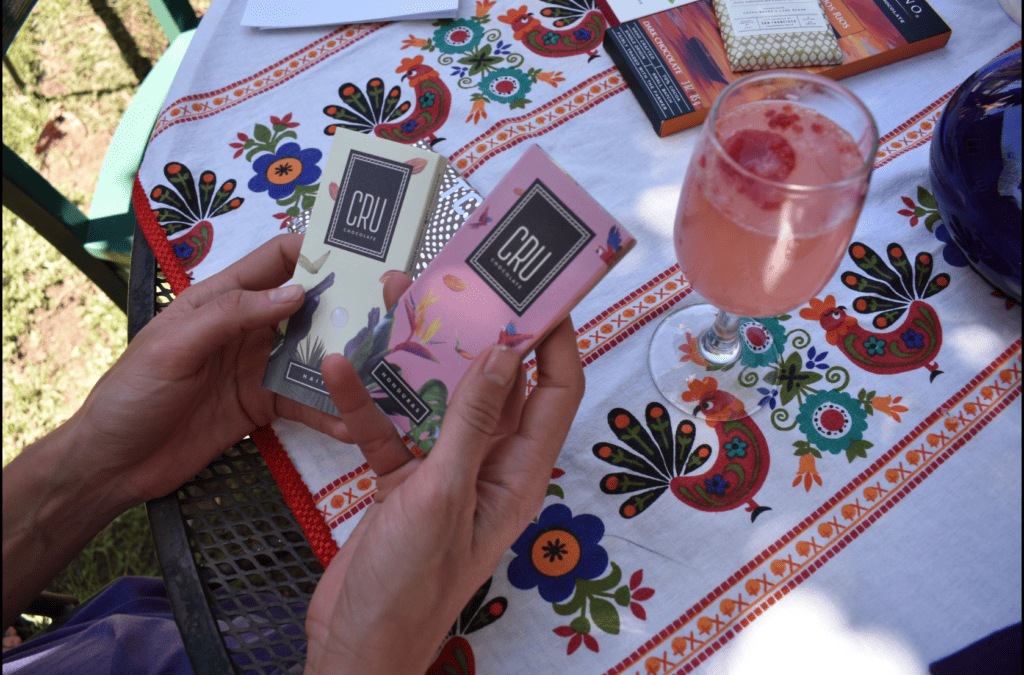 Photo of chocolate tasting provided by Cacao Case
Photo of chocolate tasting provided by Cacao Case
